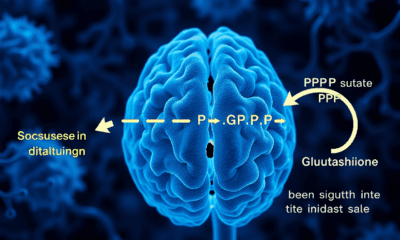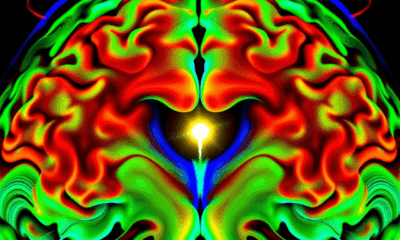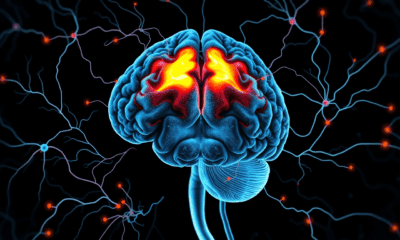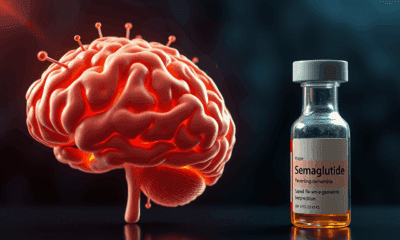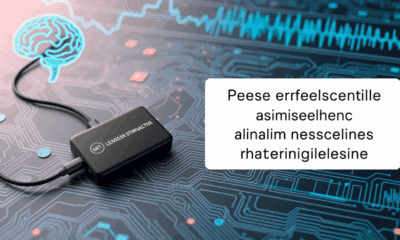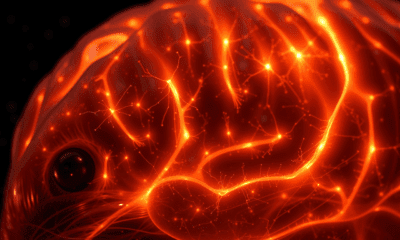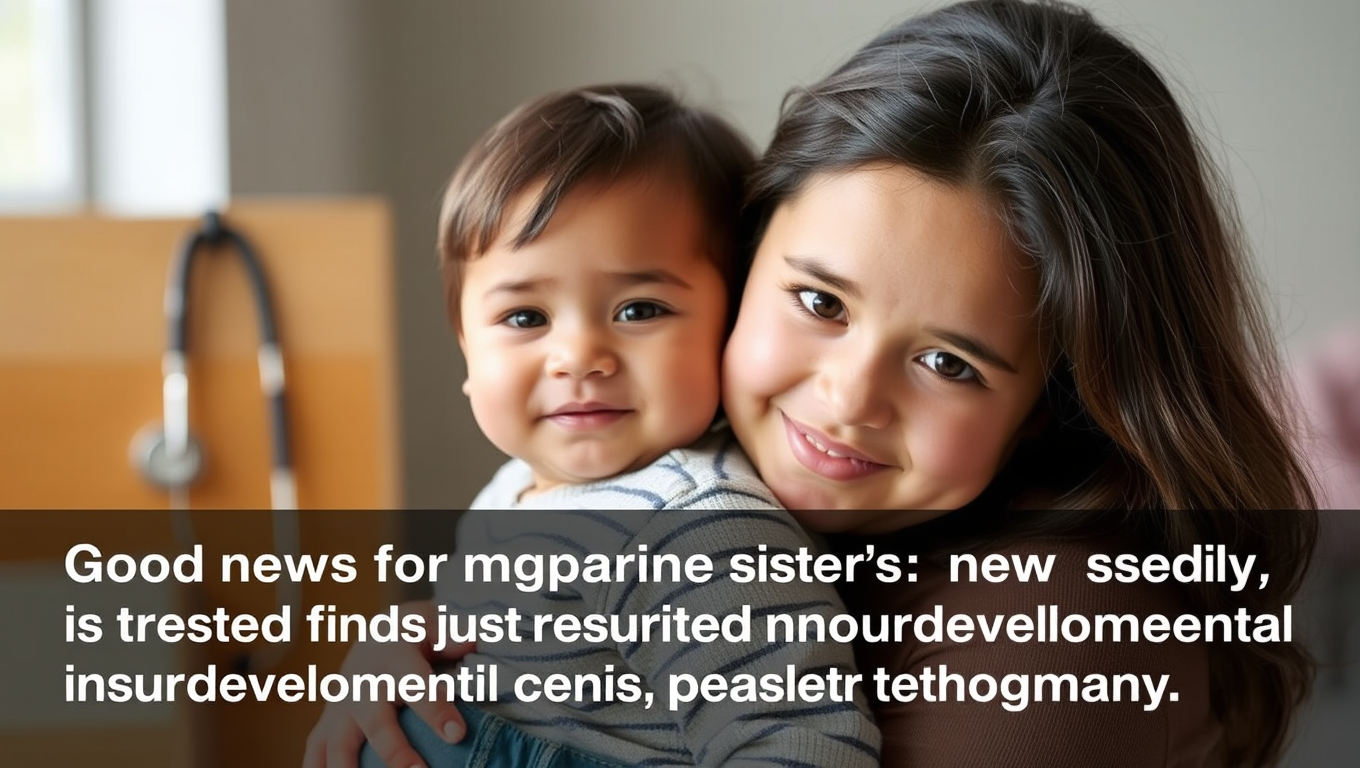While we try to keep things accurate, this content is part of an ongoing experiment and may not always be reliable.
Please double-check important details — we’re not responsible for how the information is used.
ADD and ADHD
The Color of Consensus: How Children See the World
As a child, did it ever occur to you that your perception of color differed from that of others? It’s quite common to have this thought, but it turns out that the human color experience may be more universal than we previously believed. In psychology and neuroscience, the relationship between subjective experience, such as how we perceive color, and physical brain activity has remained an unresolved problem. Furthermore, due to their limited language abilities, studying conscious experiences in children has posed a particular challenge. This inspired a team of researchers to establish a methodology for evaluating conscious experiences, or qualia, in young children. Focusing on their experience with color, the team developed a touch panel interface that requires only minimal language skills, making it accessible for children as young as 3 years old.

ADD and ADHD
Good News for Migraine Sufferers: Study Finds No Increased Risk of Neurodevelopmental Disorders in Children Exposed to Triptans During Pregnancy
There’s good news for people with migraine who take common drugs before or during pregnancy — a new study found no increase in neurodevelopmental disorders such as autism and ADHD in their children. The study looked at drugs used for migraine attacks called triptans.
ADD and ADHD
Gestational Diabetes Linked to Increased Risk of ADHD in Children: A Study Finds
A new study has found children born to mothers who experienced gestational diabetes (GDM) during pregnancy are more likely to develop attention-deficient hyperactive disorder (ADHD) and externalizing behavior.
ADD and ADHD
New Study Investigates Effects of ADHD Medications on the Heart: Small Increases Found in Blood Pressure and Pulse
A new study has found that medications for ADHD have overall small effects on blood pressure and heart rate after weeks or a few months of use. There have been concerns about the side effects of ADHD medications but the new findings, coupled with other studies, suggest that the benefits of taking these medications outweigh the risks, while highlighting the need for careful monitoring.
-

 Detectors3 months ago
Detectors3 months agoA New Horizon for Vision: How Gold Nanoparticles May Restore People’s Sight
-

 Earth & Climate4 months ago
Earth & Climate4 months agoRetiring Abroad Can Be Lonely Business
-

 Cancer3 months ago
Cancer3 months agoRevolutionizing Quantum Communication: Direct Connections Between Multiple Processors
-

 Agriculture and Food3 months ago
Agriculture and Food3 months ago“A Sustainable Solution: Researchers Create Hybrid Cheese with 25% Pea Protein”
-

 Diseases and Conditions4 months ago
Diseases and Conditions4 months agoReducing Falls Among Elderly Women with Polypharmacy through Exercise Intervention
-

 Albert Einstein4 months ago
Albert Einstein4 months agoHarnessing Water Waves: A Breakthrough in Controlling Floating Objects
-

 Earth & Climate3 months ago
Earth & Climate3 months agoHousehold Electricity Three Times More Expensive Than Upcoming ‘Eco-Friendly’ Aviation E-Fuels, Study Reveals
-

 Chemistry3 months ago
Chemistry3 months ago“Unveiling Hidden Patterns: A New Twist on Interference Phenomena”

